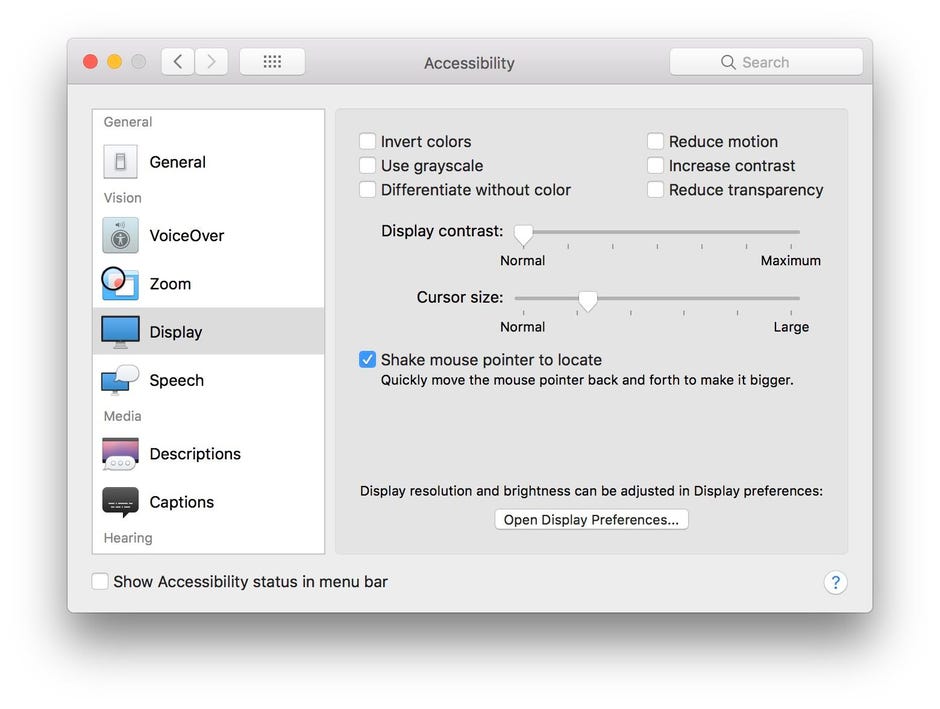


- #RESOLUTION COMPATIBILITY FOR A PROGRAM ON A MAC UPDATE#
- #RESOLUTION COMPATIBILITY FOR A PROGRAM ON A MAC SOFTWARE#
Gassée long argued that Apple should not market their computers towards the low end of the market, where profits were thin, but instead concentrate on the high end and higher profit margins. Gassée consistently pushed the Apple product line in two directions, towards more "openness" in terms of expandability and interoperability, and towards higher price. It was sold alongside the more powerful Macintosh Classic II in 1991 until its discontinuation the next year.Īfter Apple co-founder Steve Jobs left Apple in 1985, product development was handed to Jean-Louis Gassée, formerly the manager of Apple France.
#RESOLUTION COMPATIBILITY FOR A PROGRAM ON A MAC SOFTWARE#
The price and the availability of education software led to the Classic's popularity in education. The Classic is an adaptation of Jerry Manock's and Terry Oyama's 1984 Macintosh 128K industrial design, as had been the earlier Macintosh SE. Instead, it has a memory expansion/ FPU slot. Unlike the Macintosh SE/30 and other compact Macs before it, the Classic does not have an internal Processor Direct Slot, making it the first non-expandable desktop Macintosh since the Macintosh Plus. It was up to 25 percent faster than the Plus and included an Apple SuperDrive 3.5-inch (9 cm) floppy disk drive as standard. Nevertheless, the Classic featured several improvements over the aging Macintosh Plus, which it replaced as Apple's low-end Mac computer. But, it ensured compatibility with the Mac's by-then healthy software base as well as enabled it to fit the lower price Apple intended for it.
#RESOLUTION COMPATIBILITY FOR A PROGRAM ON A MAC UPDATE#
Apple's decision to not update the Classic with newer technology such as a newer CPU, higher RAM capacity or color display resulted in criticism from reviewers, with Macworld describing it as having "nothing to gloat about beyond its low price" and "unexceptional". The system specifications of the Classic are very similar to its predecessors, with the same 9-inch (23 cm) monochrome CRT display, 512 × 342 pixel resolution, and 4 megabyte (MB) memory limit of the older Macintosh computers. Production of the Classic was prompted by the success of the Original Macintosh, then the Macintosh Plus and finally the Macintosh SE. It was the first Macintosh to sell for less than US$1,000. The Macintosh Classic was a personal computer designed, manufactured and sold by Apple Computer, Inc. 1MB, expandable to 4MB (requires a RAM card) 120 ns, 30-pin DRAM chips required


 0 kommentar(er)
0 kommentar(er)
